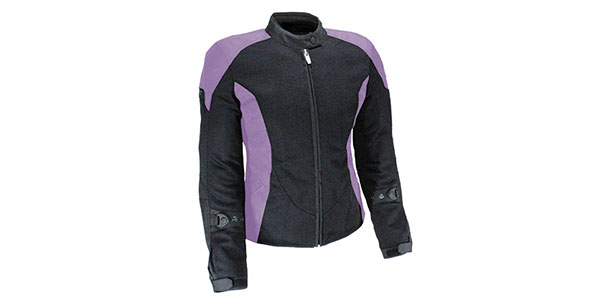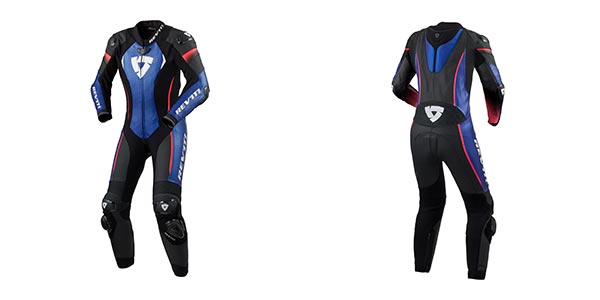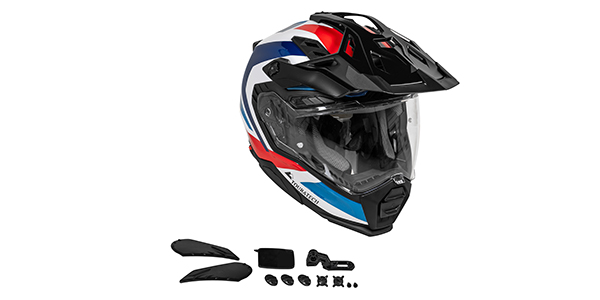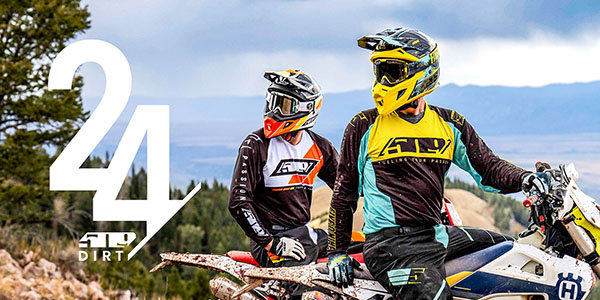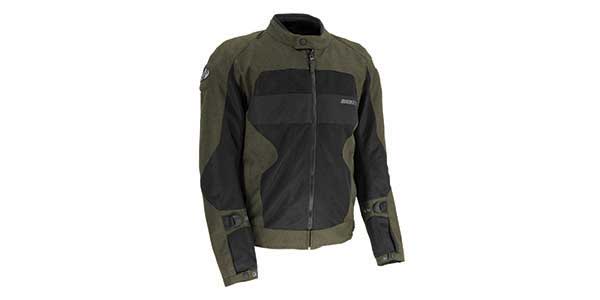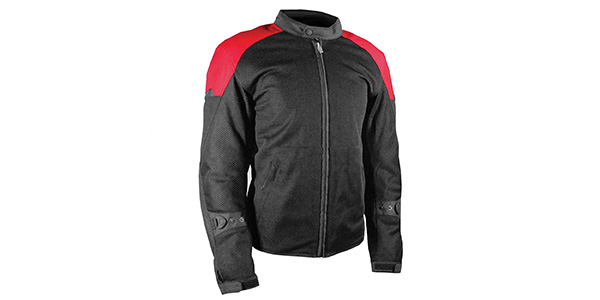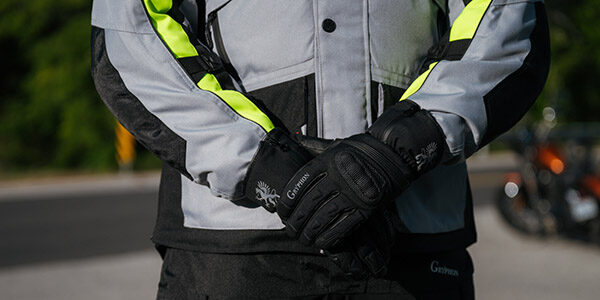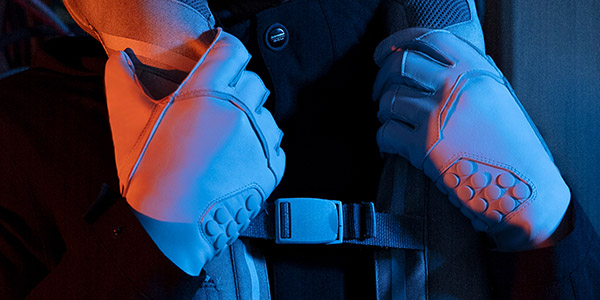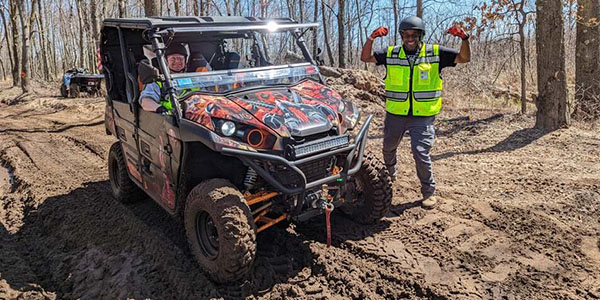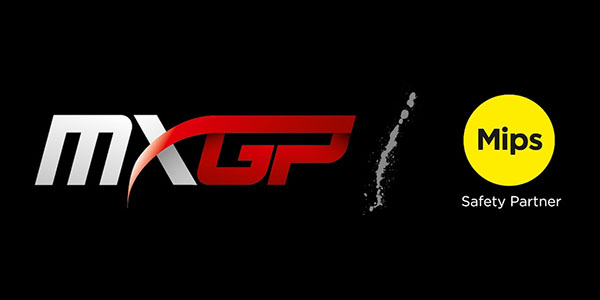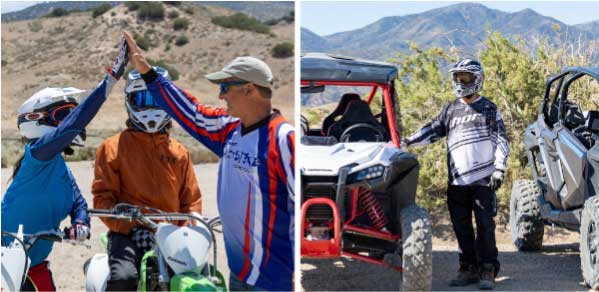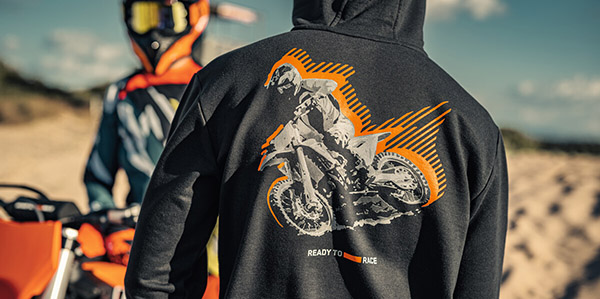 Last fall a motorcycle friend of mine came to visit in SoCal. He’s a friend, a traveler and to the best of my knowledge, he doesn’t own a car. I suppose most folks would call him a “hard core” motorcyclist. Somewhere in the conversation he mentioned the age of his helmet, which bordered on being ancient, and I urgently offered to go helmet shopping with him in order to find a suitable safety device for his head.
Last fall a motorcycle friend of mine came to visit in SoCal. He’s a friend, a traveler and to the best of my knowledge, he doesn’t own a car. I suppose most folks would call him a “hard core” motorcyclist. Somewhere in the conversation he mentioned the age of his helmet, which bordered on being ancient, and I urgently offered to go helmet shopping with him in order to find a suitable safety device for his head.
At the store he tried on several helmets, and finally zeroed in on one that felt good, was in his budget and was the right graphic. With the soon-to-be-purchased helmet still on his head, he turned to me and said, “Gee, Alisa. I’ve never had a helmet fit this tight before. Are you sure this is the proper fit? I’ve never actually had a helmet this tight. I usually get them loose so they’re comfortable.” It was an illuminating moment for me as I realized that most folks don’t know how a helmet should fit or how it ultimately protects a rider.
 There are four parts of a motorcycle helmet, which work together to provide protection – the outer shell, the impact-absorbing liner, the comfort padding and a good chin strap. The MIC Helmet Task force has an excellent PDF on “What You Should Know About Motorcycle Helmets” on its website www.helmetcheck.org. There’s also a very informative report done by the National Highway Traffic Safety Administration (NHTSA) on the Internet, if you’re into statistics.
There are four parts of a motorcycle helmet, which work together to provide protection – the outer shell, the impact-absorbing liner, the comfort padding and a good chin strap. The MIC Helmet Task force has an excellent PDF on “What You Should Know About Motorcycle Helmets” on its website www.helmetcheck.org. There’s also a very informative report done by the National Highway Traffic Safety Administration (NHTSA) on the Internet, if you’re into statistics.
Recently, I had a conversation with Dominick Vandenberg, marketing manager at 6D Helmets, ODS (Omni-Directional Suspension) technology. ODS is a patented technology which utilizes a fully active, in-helmet suspension and kinetic energy management system. 6D’s suspended multi-liner assembly will compress and shear omni-directionally when subjected to impact. ODS reduces energy transfer to the brain over a much broader range of energy demands, including low, mid and high-velocity impacts for both linear and angular accelerations. In plain English, ODS significantly reduces energy transferred to the head during impact.
“Where we come from is that helmets were forever built to protect the skull. Here at 6D we obviously want to protect the skull, but we’re all about protecting the brain. What we’re learning from football concussions and repetitive impact injuries is that we need to do a better job of protecting the brain,” said Vandenberg. It started with motocross helmets like the 6D ATR-1, and now 6D has entered the street helmet market with the ATS-1 carbon street helmet (seen on page 39).
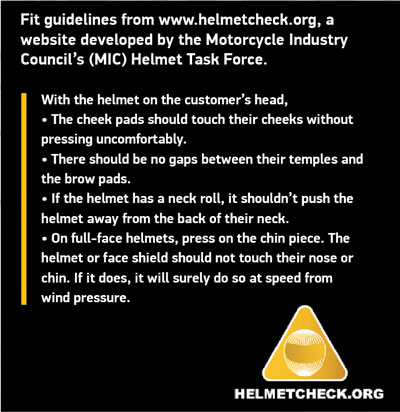 Other helmet companies have now caught on, and Bell has its own proprietary MIPS technology, an internal slip-plane system which creates a low-friction layer inside the helmet. MIPS is designed to address rotational impacts by adding a low-friction layer, which provides an essential slip-plane, like the brain’s own, in an effort to reduce the rotational forces that could be applied to the head during some crashes. Bell’s MIPS motorcycle helmet is the SUPER 2R off-road helmet.
Other helmet companies have now caught on, and Bell has its own proprietary MIPS technology, an internal slip-plane system which creates a low-friction layer inside the helmet. MIPS is designed to address rotational impacts by adding a low-friction layer, which provides an essential slip-plane, like the brain’s own, in an effort to reduce the rotational forces that could be applied to the head during some crashes. Bell’s MIPS motorcycle helmet is the SUPER 2R off-road helmet.

